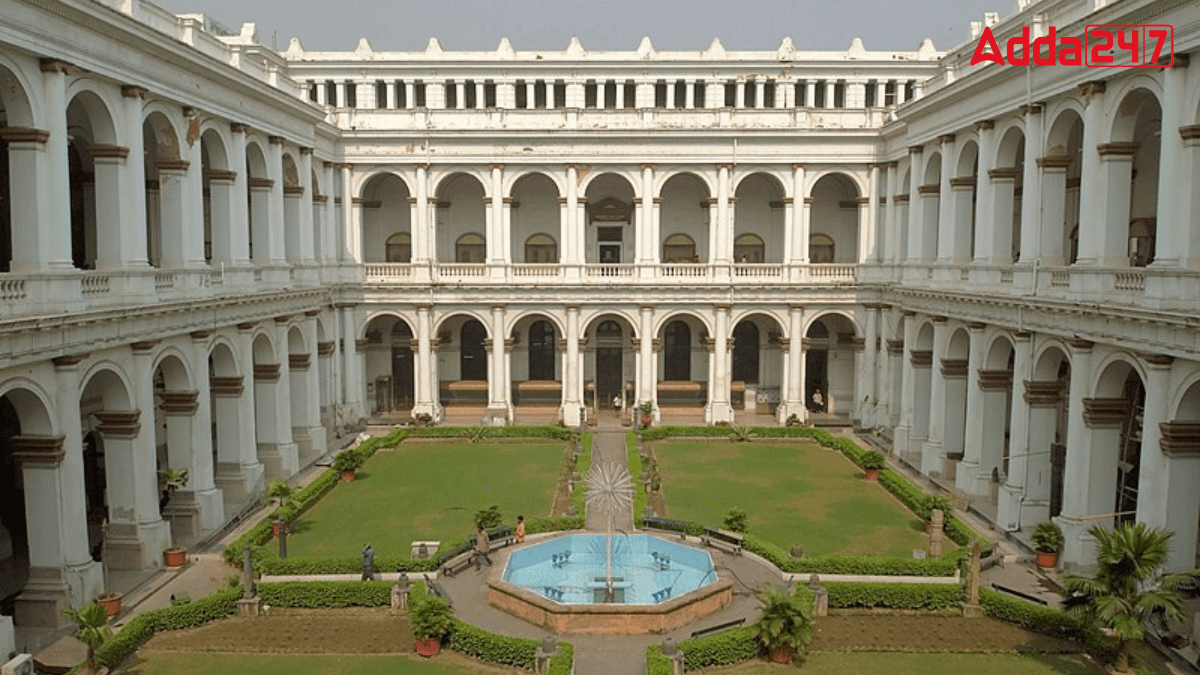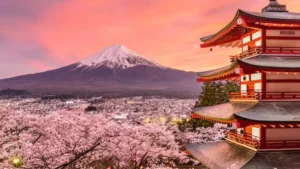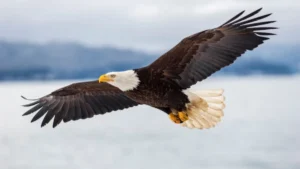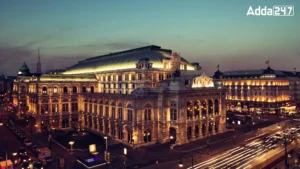India has a rich history and many museums preserve its cultural and historical heritage. The country’s oldest museum holds a vast collection of ancient artifacts, rare sculptures, old coins and fossils. It was established in the early 19th century and remains one of the largest and most important museums in Asia. This museum helps people learn about India’s past and attracts visitors from all over the world.
Oldest Museum in India
The Indian Museum in Kolkata, West Bengal, is the oldest and largest museum in India. It was founded in 1814 and is also one of the oldest museums in the world. The museum houses a rich collection of ancient artifacts, fossils, mummies, skeletons, and paintings. It was started by the Asiatic Society of Bengal and first curated by Nathaniel Wallich, a Danish botanist. Today, it is run by the Ministry of Culture, Government of India.
History of the Indian Museum
The Indian Museum was an idea that came from the Asiatic Society of Bengal, which was founded by Sir William Jones in 1784. The society wanted a place to collect and display man-made and natural objects. In 1814, Nathaniel Wallich proposed the idea of a museum, and it was created with five sections: archaeology, ethnology, technical, geology and zoology.
In the early years, the museum struggled financially, but by the mid-1800s, the British government provided funds to maintain it. In 1866, the Indian Museum Act was passed, and in 1875, the present building on Chowringhee Road was completed. The museum continued to grow, and over time, it gave rise to institutions like the Zoological Survey of India (1916) and the Anthropological Survey of India (1945).
Collections in the Museum
The Indian Museum has six main sections with 35 galleries. Some of the most famous collections include:
Egyptian Collection
The museum has an Egyptian mummy that is nearly 4,000 years old. It is one of the rarest exhibits in India.
Indian Art and Archaeology
The museum has important artifacts from Indian history, such as:
- The railings and gateways from the Bharhut Stupa (Madhya Pradesh), which date back to before 75 BC.
- Remains of the Amaravati Stupa from Andhra Pradesh.
- Hindu and Buddhist sculptures from Bengal, Bihar and Odisha.
- A copy of the Lion Capital of Ashoka, which is India’s national emblem.
Natural History Section
The museum has 4 galleries dedicated to natural history. These include:
- A collection of fossils, including a huge dinosaur skeleton.
- A variety of insects, birds and mammals.
- A paleontology section with a bust of Ferdinand Stoliczka, a famous scientist.
Anthropology and Zoolgy
The museum has an extensive collection of human and animal specimens. These sections were important in the development of the Zoological Survey of India and the Anthropological Survey of India.
Administration and Management of India’s Oldest Museum
The museum is an autonomous organization under the Ministry of Culture. The cultural sections (Art, Archaeology and Anthropology) are managed by a Board of Trustees, while the scientific sections are controlled by the Geological Survey of India, Zoological Survey of India and Botanical Survey of India.
The museum has various service units such as education, preservation, publication, photography and a library. It is recognized as an Institute of National Importance in India.



 Which Country is Known as the Land of Ch...
Which Country is Known as the Land of Ch...
 Which Bird is known as the King of Birds...
Which Bird is known as the King of Birds...
 Which City of Austria is Known as the Ci...
Which City of Austria is Known as the Ci...







